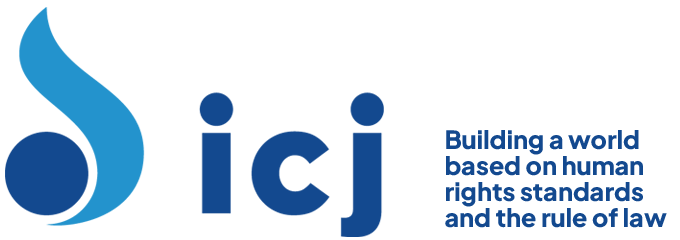Procedural Posture
The plaintiff originally brought an application to a lower court for correction of the family register. The application was rejected because the Family Register Act did not provide for change of gender.
Facts
The plaintiff was born biologically female but grew up identifying as a male. As a young adult, he began to live and work as a man doing construction work. At the age of 41 he was diagnosed with transsexualism and had his breasts and uterus removed, his genitals surgically reconstructed, and he started taking hormones. The plaintiff never married or had children, and was in a committed relationship with a woman who knew he was transgender man. The plaintiff’s doctors said he had a low possibility of changing back to his former gender and had a firm male gender identity.
Issue
Whether a transgender person’s gender can be changed in the Family Register when the law provides only for changing errors or omissions.
Domestic Law
Family Register Act, Article 120 (governing the application procedure for an individual to correct an error or omission).
Constitution of South Korea, Articles 10 (dignity and pursuit of happiness), 34(1) and 37(2) (limitations to rights).
Decision 96Do791, Supreme Court of South Korea, 1996 (holding that biological factors but also psychological and social factors, as well as the public’s evaluation and attitude, all contributed toward the determination of a person’s gender).
Reasoning of the Court
The Court distinguished the past, where gender was solely determined by biology, from the present, where gender included those psychological and social factors that comprised a person’s sense of masculinity or femininity. Decision 96Do791 stated that “the determination of a person’s gender shall be made after a comprehensive consideration of the biological, psychological, and social factors”. Although biological sex could be determined at birth, the social and psychological gender had to be determined as a person matured.
The Court next discussed the World Health Organization and the American Psychiatric Association’s Diagnostic and Statistical Manual of Mental Disorders (DSM). DSM-IV, published in 1994, demonstrated widespread acceptance of “transsexualism” as a “gender identity disorder” which involved therapy, social presentation as the psychological gender, hormone therapy, and in some cases genital reconstruction.
Because it was impossible to tell at birth that a person would develop an internal gender identity that was not that of his or her biological gender, the Court held that a “transsexual” person should have the opportunity to be recognised in his or her new gender once the psychological factors became clear. The Court concluded that the legal gender should be the acquired gender (rather than the biological one), when: a person consistently felt discomfort with his or her biological sex; lived as and was accepted as the opposite sex both in appearance and social interaction; sought the physical characteristics of that sex, or had had full gender reassignment surgery; had been diagnosed with, and been counselled for, ‘transsexualism’ by a psychiatrist; and had received hormone treatments.
The Court noted that the Family Register Act did not have provisions for the correction of gender in the register, but that the principle behind the Family Register Act was to record the true personal status and relationship of a person. It was therefore reasonable to allow a transgender person to correct the register.
The Court further stipulated that, according to the Constitution, transgender persons should “be assured of worthiness and dignity as a human being, have the right to pursue and be entitled to a life worthy of human beings, [and] such rights should be protected as long as they are not against the maintenance of law and order or the public welfare.” It was likely that, where the name and gender still reflected the person’s previous sex, transgender men and women would face discrimination depriving them of their fundamental rights and resulting in a violation of constitutional protections.
The Court also found that the failure to make provision in the Family Register Act for transgendered persons was not a conscious choice by the legislature but due to a failure to consider that such provisions would be needed.
Finally, the Court held that the Family Register Act should adapt to changes in modern law, and under Article 120 it was reasonable to allow a transgender person to change the Family Register to reflect his or her changed gender.
The Court held that a transgendered person who had undergone complete genital reconstruction should be able to change his or her gender in the registry to reflect the new sex. The case was therefore reversed and remanded to the lower court.
In re Change of Name and Correction of Family Register, Supreme Court of South Korea (full text of judgment, PDF)




